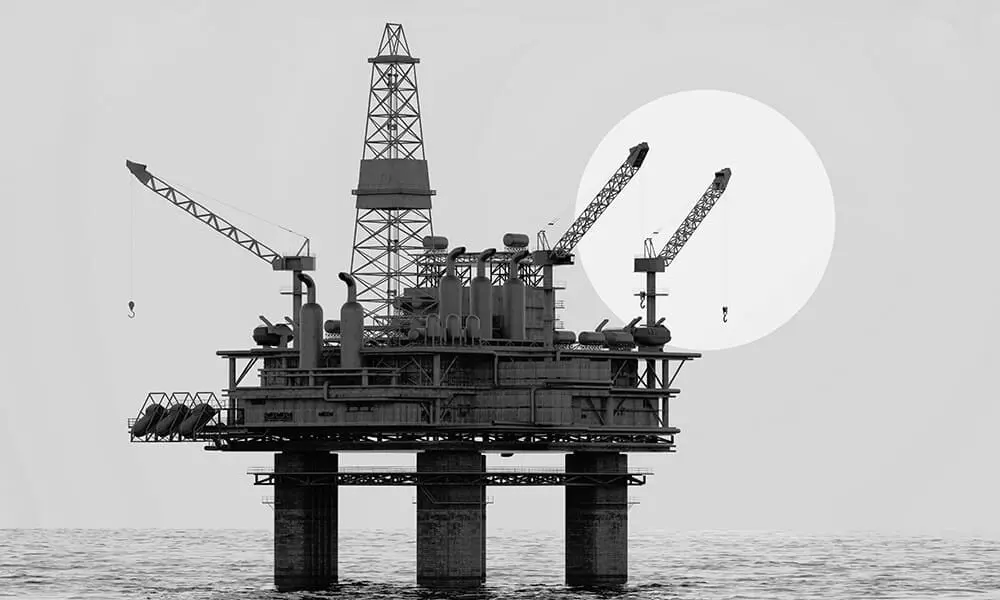May
Going Deep Into Oil and Gas
- 2011
- Philipp
Originally posted in Asia Pacific Metalworking Equipment News (APMEN)
APMEN caught up with Dr. Lim Beng Siong, senior scientist, PE COI and Anthony Fettig, CEO UNISIG at a seminar tailor-made for local companies to understand the use, co-development, support and maintenance of deep hole boring and gun drilling machine for the fast growing oil and gas sector.
What is your personal take on the oil and gas industry in this region?
Dr Lim Beng Siong: For oil and gas in this particular region I think most of the jobs are moving over from other parts of the world to this region largely because of cost and proximity. As such, there is a big tendency to move the new parts or more complex parts here. If you bring in more complex parts, there are more difficult holes to drill, and therefore you need more advanced machines to produce them.
Anthony Fettig: What we find are our customers do not necessary move production but they duplicate it. To achieve service proximity, for example, they have production in Houston for complex product and they want to have the same production capability in Singapore or elsewhere in Asia so they can respond quickly to their customers who have rigs in this region. As a result, there is definitely a push to have similar technology or advancing technologies that are available in the US in Singapore.
What is the future technological trend in deep hole drilling in the oil and gas sector?
LBS: Most of the tools will be equipped with sensors. These sensors could be gamma ray sensors or magnetic resonance imaging sensors. When you incorporate these sensors you must have wiring to send power and another set of wires to pick up the status. Sometimes beside the sensors, they even have a tiny hole that acts as a flow line.
This hole becomes a chamber to measure pressure and temperature. When we need to incorporate these features, it becomes very challenging.
We see that in this part of the world, there will be more operators requiring intelligent tools, those that can measure the profile of the terrain and carry out data logging while drilling is taking place.
AF: The holes are getting smaller and deeper. The machinery and tools we are using get pushed to a greater extreme. As such, we always try to build a machine such that the tool is the limitation because when people buy a machine, they expect to use it for 20 to 30 years.
Exotic materials like Inconel and Titanium; do they change
the game in deep hole drilling?
AF: We commonly drill super alloy or proprietary alloys. For proprietary alloys, they are constructed for specific reasons, for example, some are designed to undergo high elongation before breaking. As a result, they are more difficult to work with and in addition, there is no instruction book that comes with the material, so our customers have to use our machine to ‘feel’ their way into the machining process. As such, our machine must be sensitive to allow the engineers to determine the best cutting parameter on the material with very little information to start with.
More on Deep Hole Gun Drilling
In the oil & gas sector, deep gun drilled holes are created on extremely hard and corrosion resistant, nickel and chrome-based alloys to serve as safety, control, wire-lines and flow-line holes to allow for effective command, control and communications between the down-hole tools with the surface control crew.
To facilitate communication between surface and the down-hole tools, companies need to create high aspects ratio holes of 700 that are of 5 m deep x 7 mm in diameter to accommodate flow and wire lines. Many of these down-hole tools are now equipped with highly sensitive instruments such as gamma rays, X-rays and magnetic resonance imaging that requires an additional layer of protection using non-magnetic materials such as Inconel 718, Incoly and K-Monel.
Related to this article:
- Oil & Gas Industry Deep Hole Drilling


